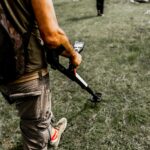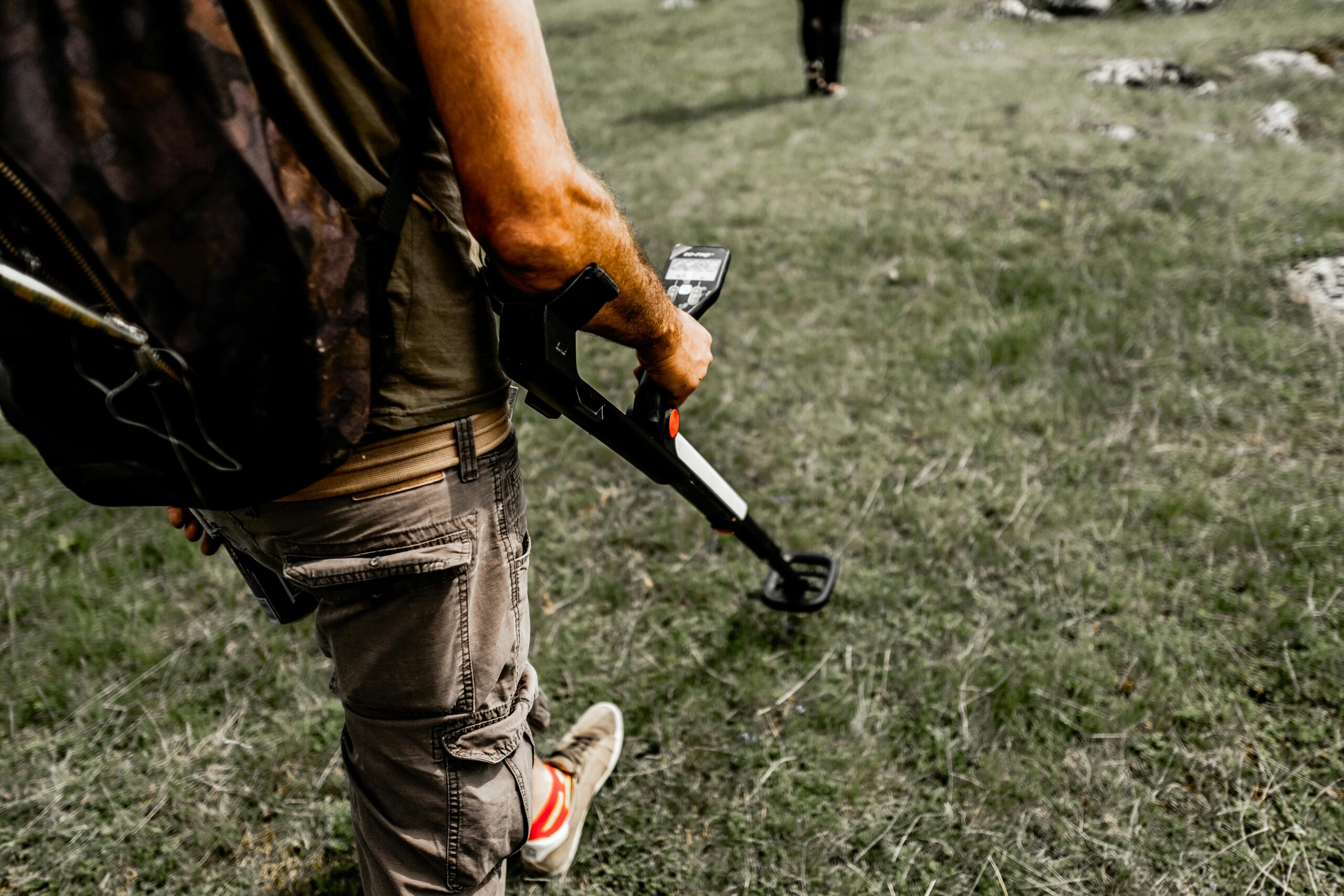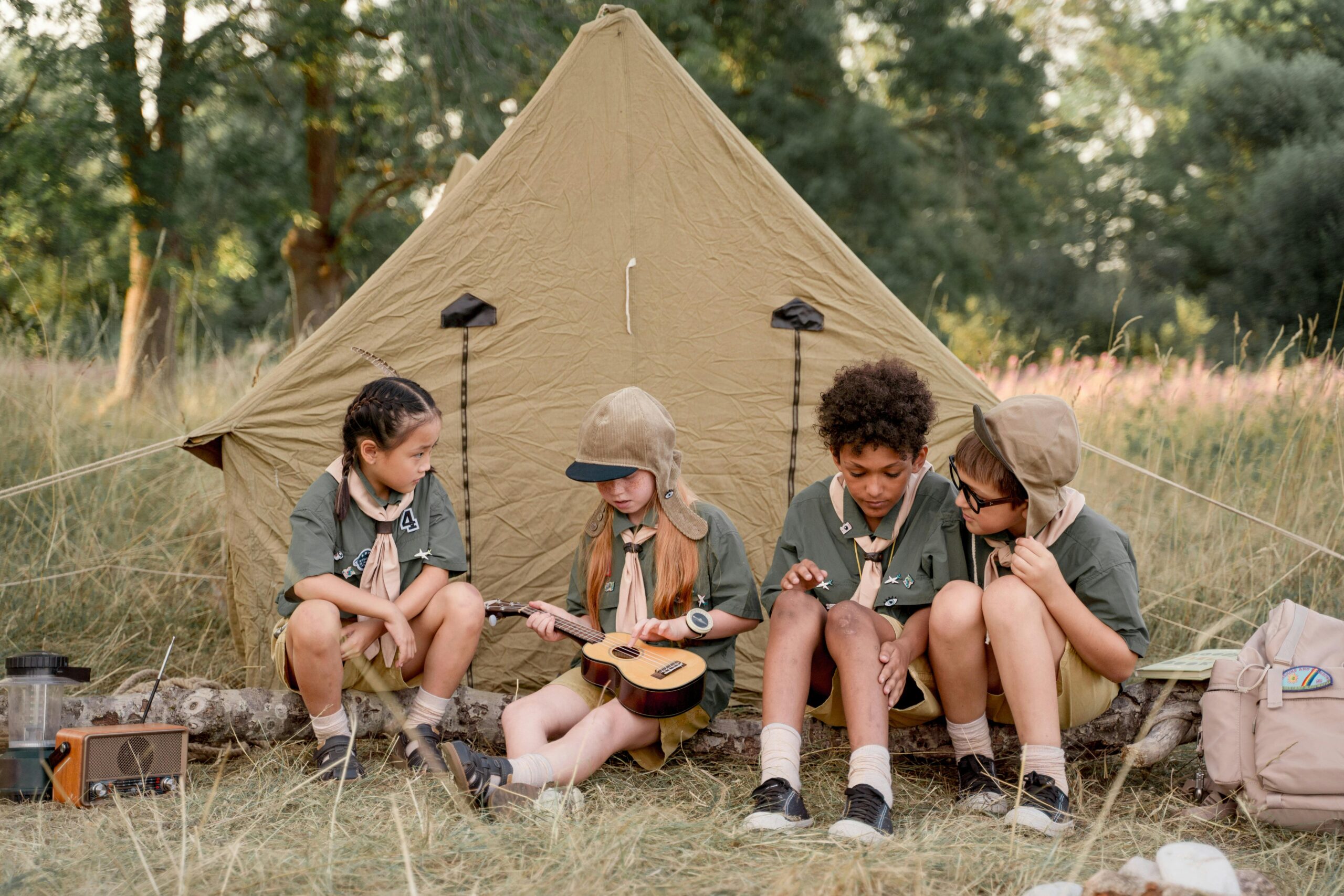New Backcountry Camping Regulations Enacted Across U.S. National Parks
Introduction
The great outdoors offers unparalleled opportunities for adventure and connection with nature, but with these privileges come responsibilities. Recent updates in backcountry camping regulations across U.S. national parks aim to enhance wilderness preservation and visitor safety. These regulations, which vary by park, generally require obtaining a wilderness permit for overnight stays in undeveloped areas. This article delves into the specifics of these regulations, highlighting key points and practical tips for responsible wilderness travel.
Understanding the Regulations
Permit Requirements
- Grand Canyon National Park: Permits are required for all overnight backcountry use, with specific rules for designated campsites and group sizes. Camping in designated campsites or campgrounds is limited to two nights (consecutive or non-consecutive) per campsite or campground per hike.
- North Cascades National Park: A park-issued backcountry permit is mandatory for camping inside the park, with detailed guidelines for obtaining and using permits. The Good Stewards Program offers a streamlined process for frequent users who adhere to Leave No Trace principles.
- Jasper National Park: Random camping is permitted in designated areas only, with a mandatory backcountry camping permit. Visitors must be able to route find, manage human waste, and secure animal attractants.
Group Sizes and Quotas
- Group Size Limitations: Most parks have strict group size limits to prevent overcrowding and preserve wilderness values. For example, Grand Canyon National Park has more permits available for small groups (1-6 people) than for large groups (7-11 people).
- Quotas: Quotas are in place to maintain wilderness values and provide secure habitat use by large, wide-ranging carnivores. Jasper National Park has daily and monthly group quotas for random camping areas.
Practical Tips for Responsible Wilderness Travel
- Plan Ahead: Obtain permits well in advance, especially during peak seasons.
- Know the Rules: Familiarize yourself with park-specific regulations and guidelines.
- Leave No Trace: Adhere to principles such as minimizing campfire impacts, disposing of waste properly, and respecting wildlife.
- Safety First: Always carry your permit and photo ID, and be prepared for emergencies.
Conclusion
The new backcountry camping regulations across U.S. national parks underscore the importance of responsible wilderness travel and the need to protect these natural resources for future generations. By understanding and adhering to these regulations, outdoor enthusiasts can contribute to the preservation of our wilderness areas while ensuring a safe and enjoyable experience.
References:
- Virginia Department of Conservation and Recreation. (2024, November 1). Camping and Campgrounds. https://www.dcr.virginia.gov/state-parks/camping
- California Department of Parks and Recreation. (2024, November 3). Anza-Borrego Desert State Park. https://www.parks.ca.gov/?page_id=638
- National Park Service. (2024, October 17). Backcountry Permits – North Cascades National Park. https://home.nps.gov/noca/planyourvisit/permits.htm
- Parks Canada. (2024, October 9). Random Camping – Jasper National Park. https://parks.canada.ca/pn-np/ab/jasper/activ/passez-stay/arrierepays-backcountry/sugg-sentiers_trip-ideas/camping-sauvage-random
- National Park Service. (2024, October 28). Backcountry Permit – Grand Canyon National Park. https://www.nps.gov/grca/planyourvisit/backcountry-permit.htm










